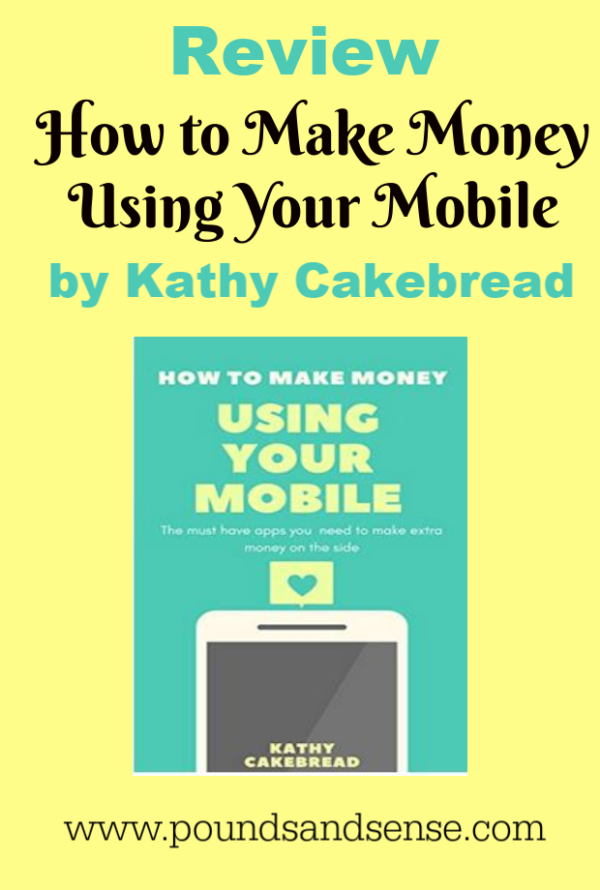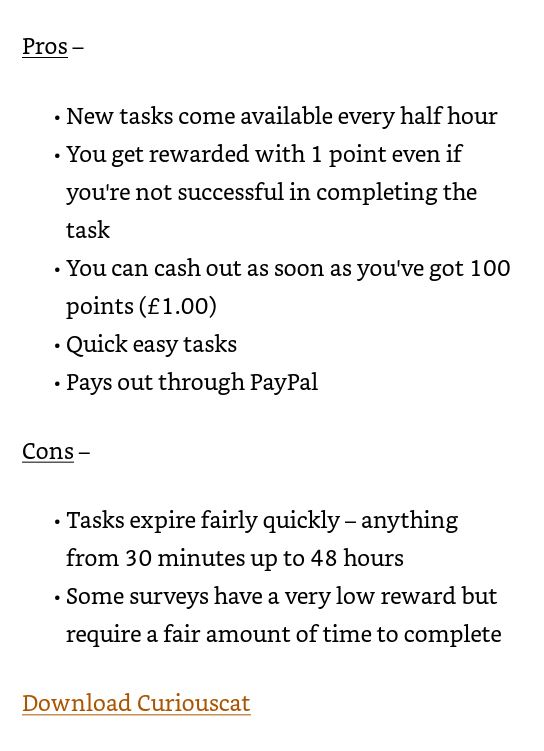My Short Break in Llandudno
I recently enjoyed a three-night break in the North Wales coastal resort of Llandudno.
I have been to Llandudno a few times. I started going about 10 years ago when my partner, Jayne, was still alive. She fancied the idea of staying in a traditional British seaside resort. Llandudno certainly ticks all the boxes there, with its sweeping promenade, long pier, and Punch and Judy show by the beach 🙂
I have stayed in various hotels and B&Bs in Llandudno, but on this occasion I returned to The Merrion Hotel (pictured below), a place I have stayed twice before.

The Merrion is located overlooking the popular North Shore Beach, just a two-minute walk from the pier. It’s also convenient for the town centre and many of the local tourist attractions. I was happy to be able to park my car there for the duration of the holiday and go everywhere on foot (or the open-top tourist bus – see below).
I have embedded a map of the area below (courtesy of Google maps
The Hotel
The Merrion is a traditional seaside hotel. It is family owned and run, and I have always found the service there friendly and helpful. On this occasion I was allocated a third-floor room with a lovely view across the beach and sea. Thankfully the hotel has lifts, incidentally.
My room wasn’t huge, but quite large enough for a short stay. There was a good-sized bathroom (with bath and shower attachment) and a flat-screen TV. I was staying on a bed and breakfast basis, so there were tea-making facilities but nothing else.
The Merrion has a restaurant downstairs where breakfast is served. This is mainly buffet-style, though tea or coffee and toast (if you want it) are brought to your table. As well as fruit and/or cereal, you can have a cooked breakfast including eggs (fried, poached or scrambled), bacon, sausages, mushrooms, hash browns, black pudding, baked beans, grilled tomatoes, and so on. Smoked kippers are also available on request.
You also have have the option of eating in the restaurant in the evening if you wish (in fact I did for all three nights). The menu changes each day and you pay a set fee for one, two or three courses (plus coffee).
I thought the food generally was excellent, and there was a good range of choice, including meat, fish and vegetarian/vegan options. The service was also excellent from the team of young waiters and waitresses, many of whom were from eastern Europe..
There is a bar and ballroom at the back of the hotel. Live entertainment is on offer here most evenings. This is generally provided by a solo singer, and clearly targeted at the Merrion’s core audience of seniors. It wasn’t really my cup of tea, but maybe it will be in another ten or twenty years’ time 😀
The Merrion has free wifi, which worked perfectly during my stay (not always the case in my experience).
I should also mention that the hotel is well prepared for visitors with disabilities. All public areas are wheelchair accessible, and mobility scooters and other aids can be hired via reception.
The location is obviously not the quietest. If you want that, you are probably better off at a hotel such as The Clontarf (where I’ve also stayed) on the quieter West Beach. Personally, though, I enjoyed listening to the buzz of visitors and the sound of the Punch and Judy drifting over. It all goes pretty quiet at night, and I didn’t have any problem sleeping.
Financials
As Pounds and Sense is primarily a money blog, I should say a few words about this.
I paid £450 for my three-night stay (including breakfasts) at The Merrion, which I thought was reasonable bearing in mind the location and facilities on offer. I didn’t have to pay a deposit and paid the entire fee on arrival. You can cancel up to two days before and not owe anything.
As regards evening meals, The Merrion charge a fixed fee of £27 for three courses, or you can pay lower prices for two courses or a single course (all including coffee and a mint as well). It’s obviously good to have this flexibility, even though I must confess to having three courses every night!
You can check current prices and availability on the Booking.com website. You can book this way (which I did) or directly with the hotel. The latter method may or may not work out cheaper.
Things to Do
I shan’t give you a blow-by-blow account of what I did while I was there. However, I will highlight a few of my favourite attractions in and around Llandudno.
The Pier
Llandudno Pier is the longest pier in Wales at 700 metres, and the fifth longest in England and Wales. It is free to visit and has all the usual seaside attractions, many of which are aimed more at younger visitors. It is pleasant to walk along, though, with wonderful views of the Llandudno seafront (see cover photo). At the end of the pier you can get a drink and a snack at any of several bars and cafes.

Cable Car
The Llandudno Cable Car runs from Happy Valley, an attractive public park overlooking the pier, to the top of the Great Orme. It is the longest passenger cable car system in Britain. The distance to the summit is just over a mile and the whole journey takes about nine minutes. There are stunning views along the way, including both of Llandudno’s beaches, the Great Orme and the Little Orme, the town of Llandudno, and further away the mountains of Snowdonia and the island of Anglesey.
On the day I went the wind was starting to get up and sandbags were put in the cars to stop them swaying too much. Later in the afternoon the ride was stopped. If you hope to go on the Cable Car, be aware that this may happen – and if you get a calm day, take advantage of it!

Great Orme Tramway
The Great Orme Tramway offers an alternative method to the Cable Car for getting to the top of the Great Orme (and one that is less susceptible to the weather). It is is Britain’s only cable-hauled public road tramway and opened in July 1902. You have to change trams at the Halfway Station and continue your journey to the summit. You will be travelling in the original Victorian tramcars, which have been lovingly restored over the years.

At the top of the Orme you can visit the Summit Complex, which has a variety of shops, bars and cafes. It’s a bit too commercialized for my taste, and I prefer the Visitor Centre (behind the Tramway station) which has displays about the natural history of the Great Orme and a small gift shop. There are also, of course, amazing views from the summit in all directions.
Great Orme Mines
The Great Orme Mines are said to be the oldest metal mines open to the public in the world. Excavations are ongoing, but visitors can explore several levels of the 3,500-year-old tunnels. The shop offers a selection of interesting and attractive rocks, minerals and fossils.
The Mines are about half-way up the Great Orme. One (relatively effortless) way of getting there is to go up on the Tramway and break your journey at the Halfway Station. It is just a short, signposted walk to the Mines from here.
Boat-Trips on the Sea-Jay
The Sea-Jay (pictured below) offers trips from Llandudno’s south beach. They have short (25-minute) trips around the Great Orme throughout the day, and longer (one-hour) trips that take in both the Great Orme and the Little Orme. I highly recommend the longer trip, which took place at 11 am every day during my visit. It’s not massively expensive (£8 when I went) and you may be lucky (as I was) and see grey seals at the foot of the Little Orme.

If you enjoy boat trips, there are also various others from Conwy (see below).
Conwy
The medieval walled town of Conwy is just a few miles down the road from Llandudno and well worth a visit while you are there.
One option (which I took this time) is to buy a one-day ticket on the open-top tourist bus which runs between Llandudno and Conwy, starting by the pier. This ‘hop on, hop off’ bus is a great way of getting your bearings if you are new to the area, and you get the benefit of an interesting running commentary as well. There is also a discount for over 60s!
The biggest and best-known attraction in the town is Conwy Castle, and I went there myself on this occasion. It is remarkably well preserved, and if you go up the spiral staircases to the tops of the towers (you need to be reasonably fit for this), you can enjoy some amazing views of the town and estuary (see photo below).

Two other places I recommend visiting in Conwy if you are interested in history are Plas Mawr, a large Elizabethan town house owned by CADW, and Aberconwy House, a somewhat smaller 14th century merchant’s house owned by the National Trust.
Final Thoughts
As you may gather, I enjoyed my short break in Llandudno staying at The Merrion Hotel, and am happy to recommend both the town and the hotel for a short break. Llandudno is a traditional British seaside resort, and none the worse for that. It’s a good place to chill out, but there are lots of interesting things to see and do as well. And it is very well set up for older visitors, as evidenced by the large number who go there!
As always, if you have any comments or questions about this post, please do leave them below.











 In some cases the download link takes you to the website for the app, but in others it takes you to to the Apple (iOS) App Store. It is a pity there aren’t also links to the Google Play Store for Android users (like myself). This means the book is probably best suited for iPhone users. Android users can benefit from it as well, but they may have to search for the relevant app themselves in the
In some cases the download link takes you to the website for the app, but in others it takes you to to the Apple (iOS) App Store. It is a pity there aren’t also links to the Google Play Store for Android users (like myself). This means the book is probably best suited for iPhone users. Android users can benefit from it as well, but they may have to search for the relevant app themselves in the 
